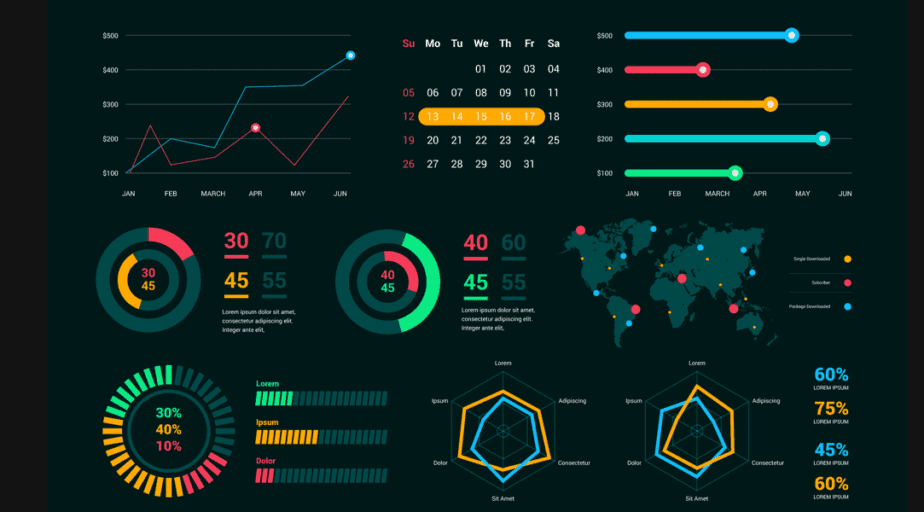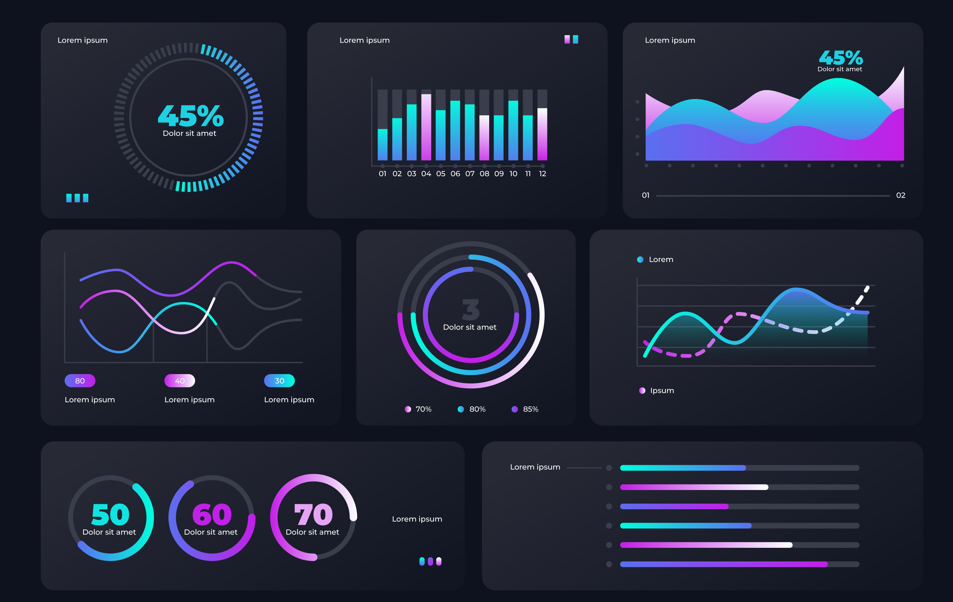GSTN sales data refers to the part of this record that focuses only on the sales transactions.
CHECK OUT ALL CATEGORIES OF B2B DATABASE
Click Here to View – B2B Database Provider
In today’s business world, having the right information at the right time can change everything. One such powerful source is GSTN sales data. It’s not just numbers on a screen. It tells real stories about how businesses buy, sell, and grow.
Let’s take a closer look at what it is, how it helps, and why every business should pay attention.
What Exactly Is GSTN?
First, let’s understand what GSTN means. It stands for Goods and Services Tax Network. This is the digital system that manages all GST filings in India.
Whenever a company files its sales or purchase returns under GST, the GSTN records that data. This includes who sold what, to whom, when, and for how much.
Now, the term GSTN sales data refers to the part of this record that focuses only on the sales transactions.
Why Is GSTN Sales Data So Important?
The short answer? Because it shows real sales happening across India.
And here’s why it matters:
It reveals which businesses are active in selling
It helps track sales patterns and trends
It supports smarter business decisions
It assists in lead generation and market planning
It ensures better compliance tracking
Basically, you get a bird’s-eye view of trade across sectors, cities, and industries.
It’s Not Just Data – It’s Business Intelligence
You might see rows of GST invoice numbers and amounts. But hidden in that is a wealth of insight.
For example:
Which product types are selling fast
What regions are seeing high GST activity
Who the consistent sellers are in a niche
How seasonal changes affect sales
So, when you work with THIS, you’re not just reading numbers—you’re spotting patterns.
Who Can Benefit from Sales Data Insights?
You don’t need to be a large company to benefit. In fact, small and medium businesses can gain even more.
Here’s who should care:
Sales teams, looking for real leads
Wholesalers and traders, finding new customers
Distributors, planning routes and regions
Startups, researching competitor moves
Financial analysts, watching market flows
Auditors, checking for mismatched returns
It’s clear that GSTN sales data helps everyone involved in B2B trade.
GSTN Sales Data and Market Research
Want to launch a new product? Or test a new region?
GSTN sales records give clues on:
Active industries in each state
High-volume sellers and buyers
Pricing trends over time
Product demand by season
This helps you plan smarter and reduce trial-and-error.
How Is the Data Collected?
It’s all done through digital filings. When a business files its GSTR-1 return, it includes every sale made in that period. This includes:
The buyer’s GSTIN
Invoice number
Invoice date
Amount and tax paid
Goods or services sold
Once submitted, this data becomes part of the GSTN record. It’s clean, official, and up to date.
Using GSTN Sales Data for Business Growth
Here’s how companies use this data to grow:
1. Lead Generation Made Easy
You can find businesses that are selling actively. These are likely to be buying too. That means you can target them for your product or service.
2. Better Decision-Making
Not sure where to expand? Use sales data to pick high-activity zones. It saves time and money.
3. Monitor Competitor Activity
You can observe how your competitors are performing in different regions. Are their sales rising or falling? Are they entering new markets?
4. Sales Forecasting
Sales patterns in past months often predict what’s coming. This helps plan inventory and marketing.
Staying on Top of Compliance
Another big benefit of tracking this is tax compliance.
You can spot if a company’s sales don’t match its return filings. This can help avoid fraud, fake invoices, or mismatched input credits.
Here’s what you can watch:
Missing GST returns
Gaps between sales and purchases
Sudden spikes in invoices
Sales to fake or unregistered buyers
Keeping an eye on this protects your business.
Keeping the Data Clean and Fresh
Like any tool, GSTN data works best when updated. Make sure to:
Remove inactive GSTINs
Verify all seller details
Check for duplicate entries
Track filing history
Fresh data means better results. It also saves effort and cost in sales and marketing.
Real Use Case: How One Business Grew with GSTN Data
Let’s say a water purifier manufacturer in Chennai wants to grow in Maharashtra.
They used GSTN sales data to:
Find retailers in Mumbai buying similar products
Check sales volumes of competitors
Filter out inactive GST numbers
Focus on regions with regular GST filings
As a result, their campaign hit the right targets. They saved money and boosted sales within 3 months.
Don’t Just Download – Understand
A big mistake many make is just collecting sales data and not using it properly. Don’t just gather lists.
Instead:
Sort by region or industry
Filter by monthly sales volume
Track past return filings
Match buyers with sellers
This extra effort gives you clearer, more useful insights.
The Final Word on GSTN Sales Data
To wrap up, GSTN sales data is more than just tax information. It’s a live, growing record of how trade happens across India.
From sales strategy to marketing, planning to compliance—it supports it all.
But remember:
Use it regularly
Keep it clean
Analyze before acting
Smart businesses don’t just work hard—they work with the right data.
Key Takeaways:
GSTN sales data shows who’s selling what, where, and how often
It’s perfect for market planning, lead generation, and trend tracking
Useful for small, medium, and large businesses
Helps in compliance checks and fraud prevention
Must be used wisely for real value
Our other related articles :
1.Who publishes GSTN Sales data monthly?
2.Who provides GSTN monthly sales reports ?
3.Who can interpret GSTN Sales data easily?
4.What states GSTN Sales data covers india ?
5.What analysis reports from GSTN Sales data?




